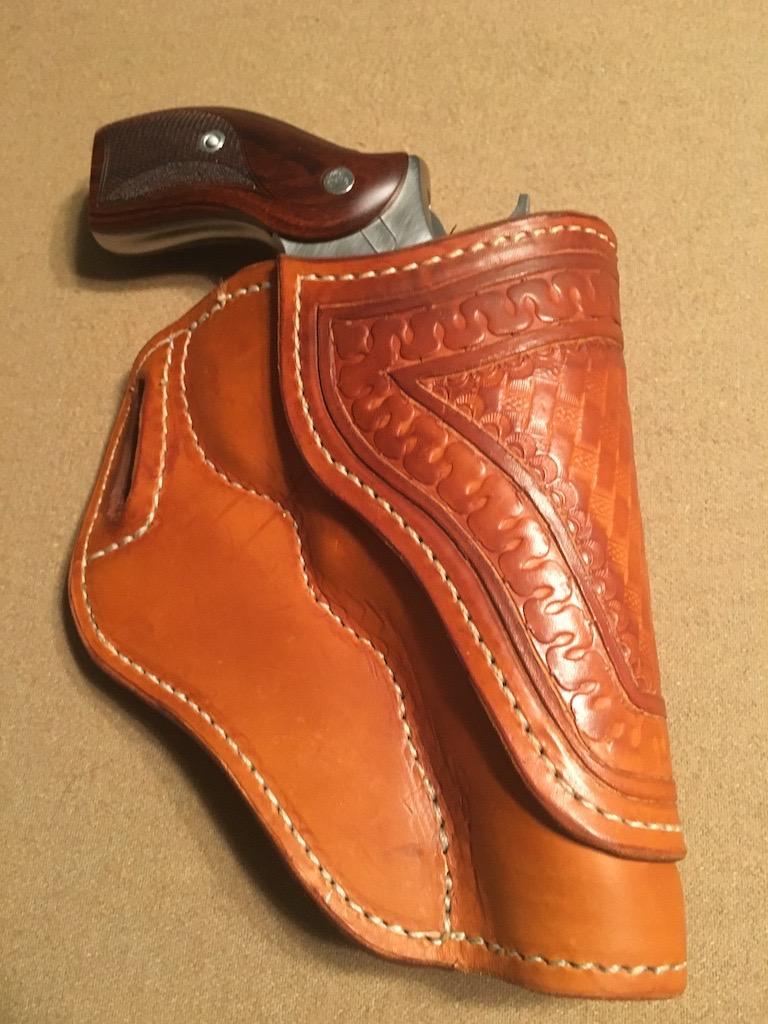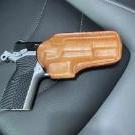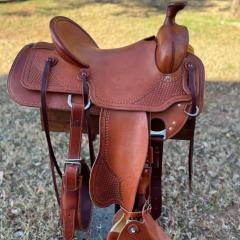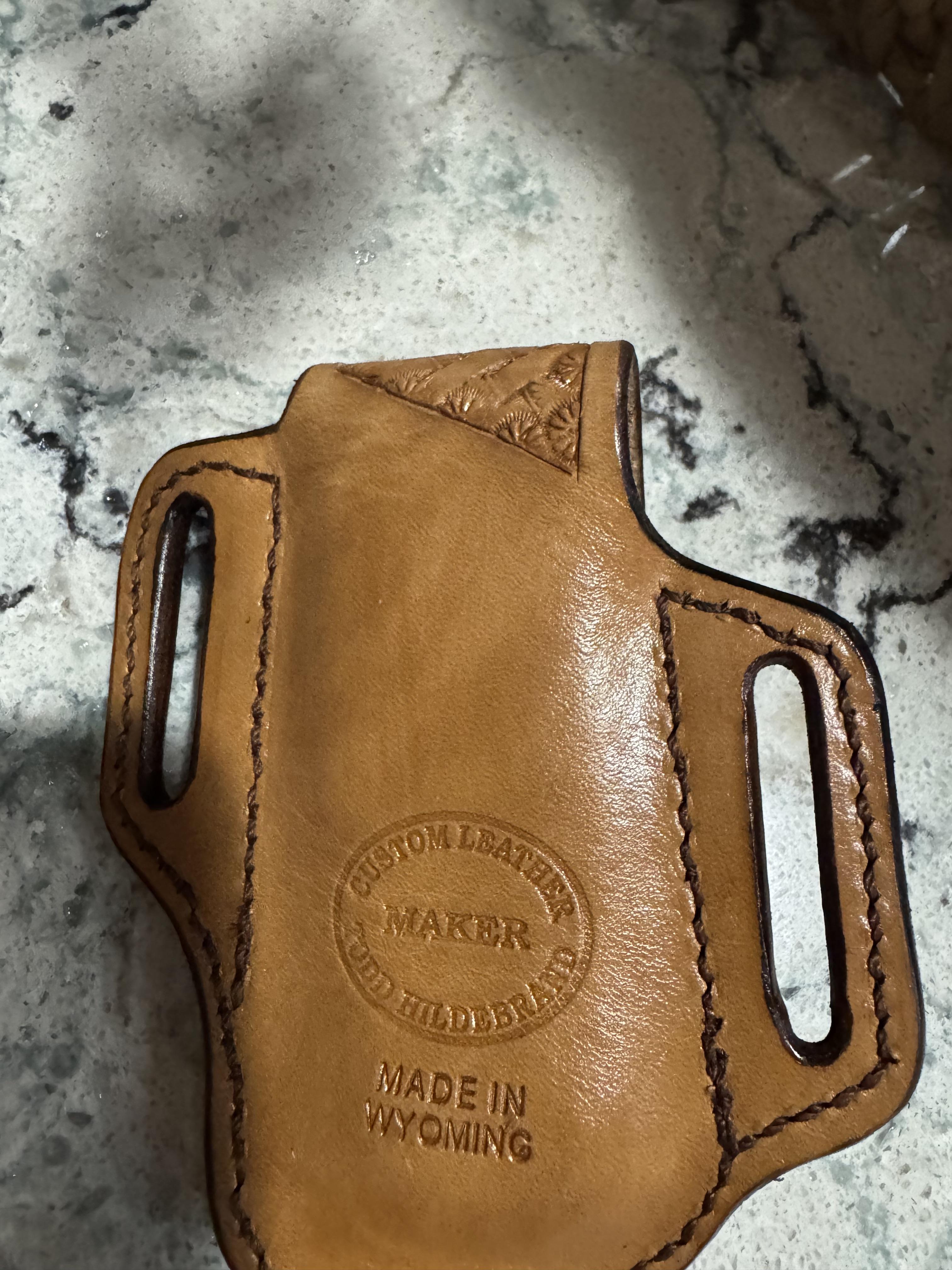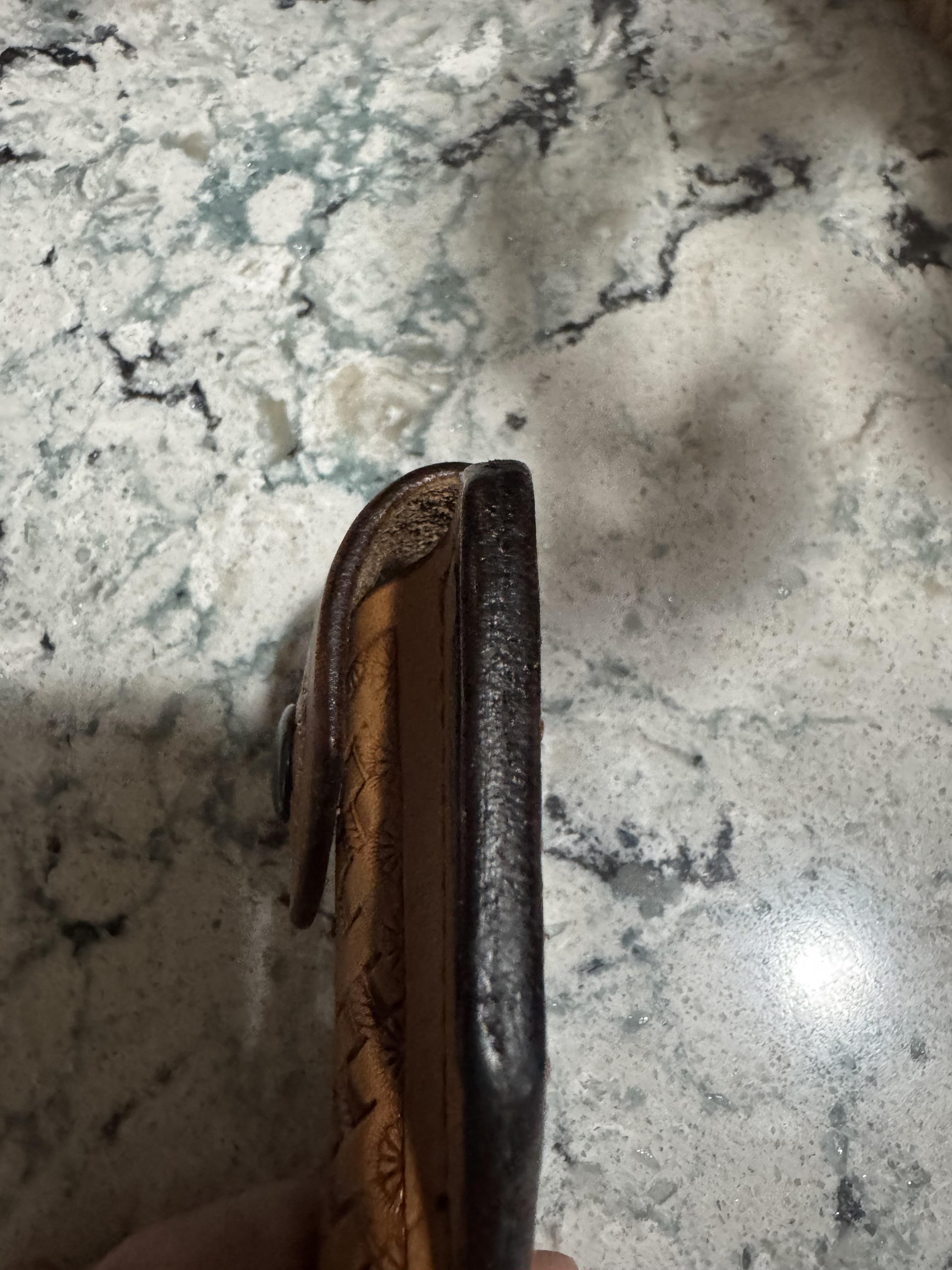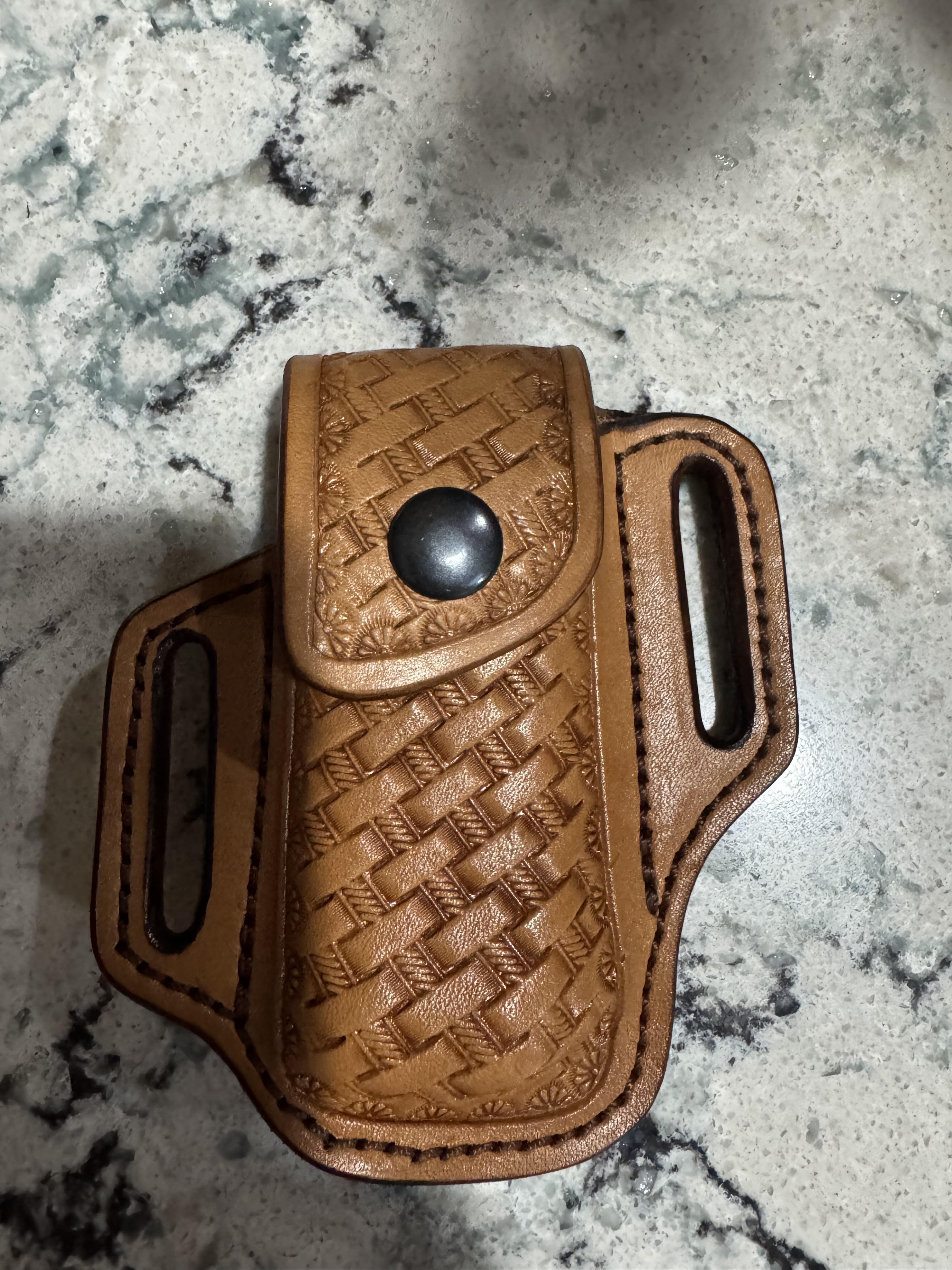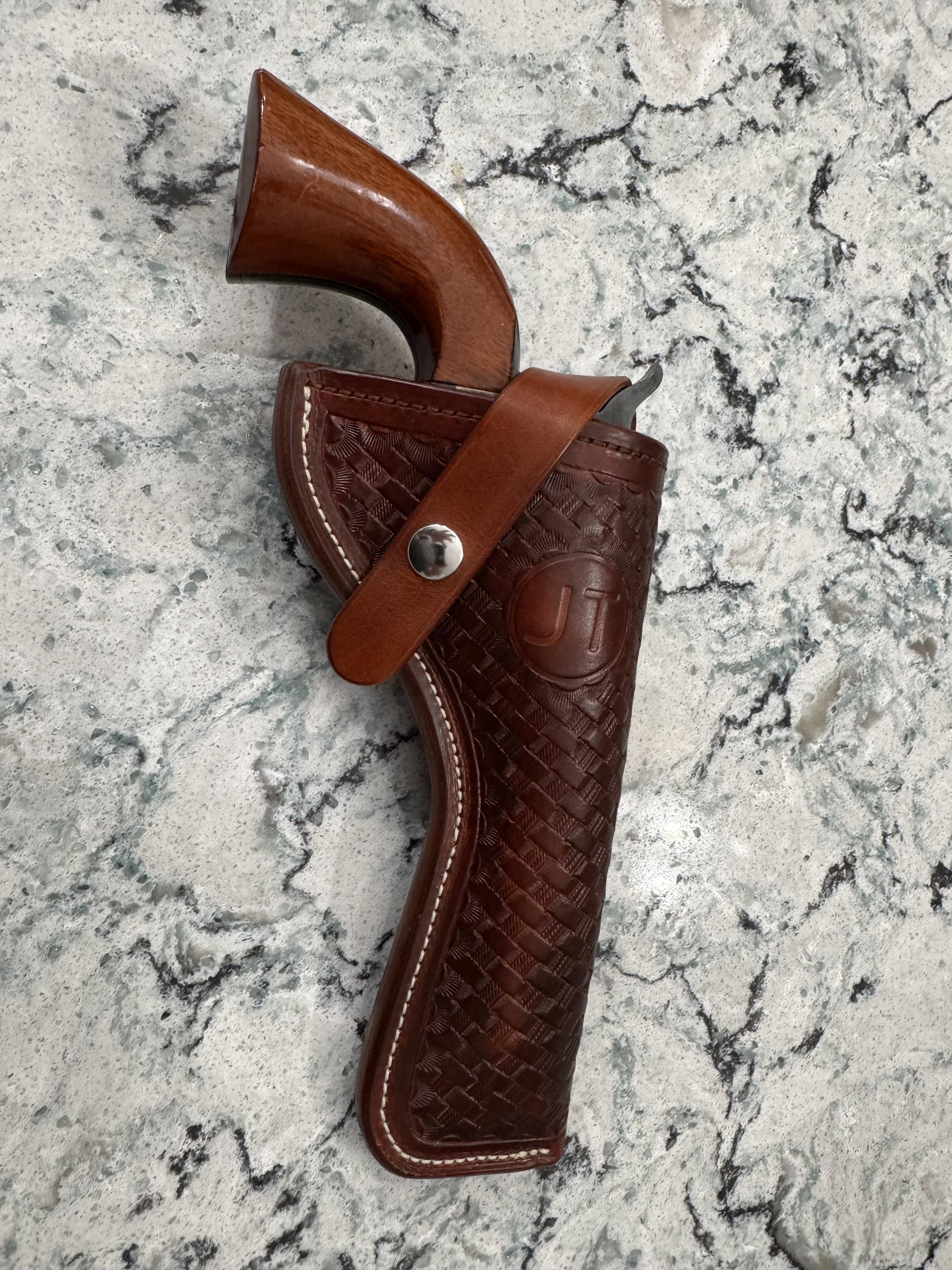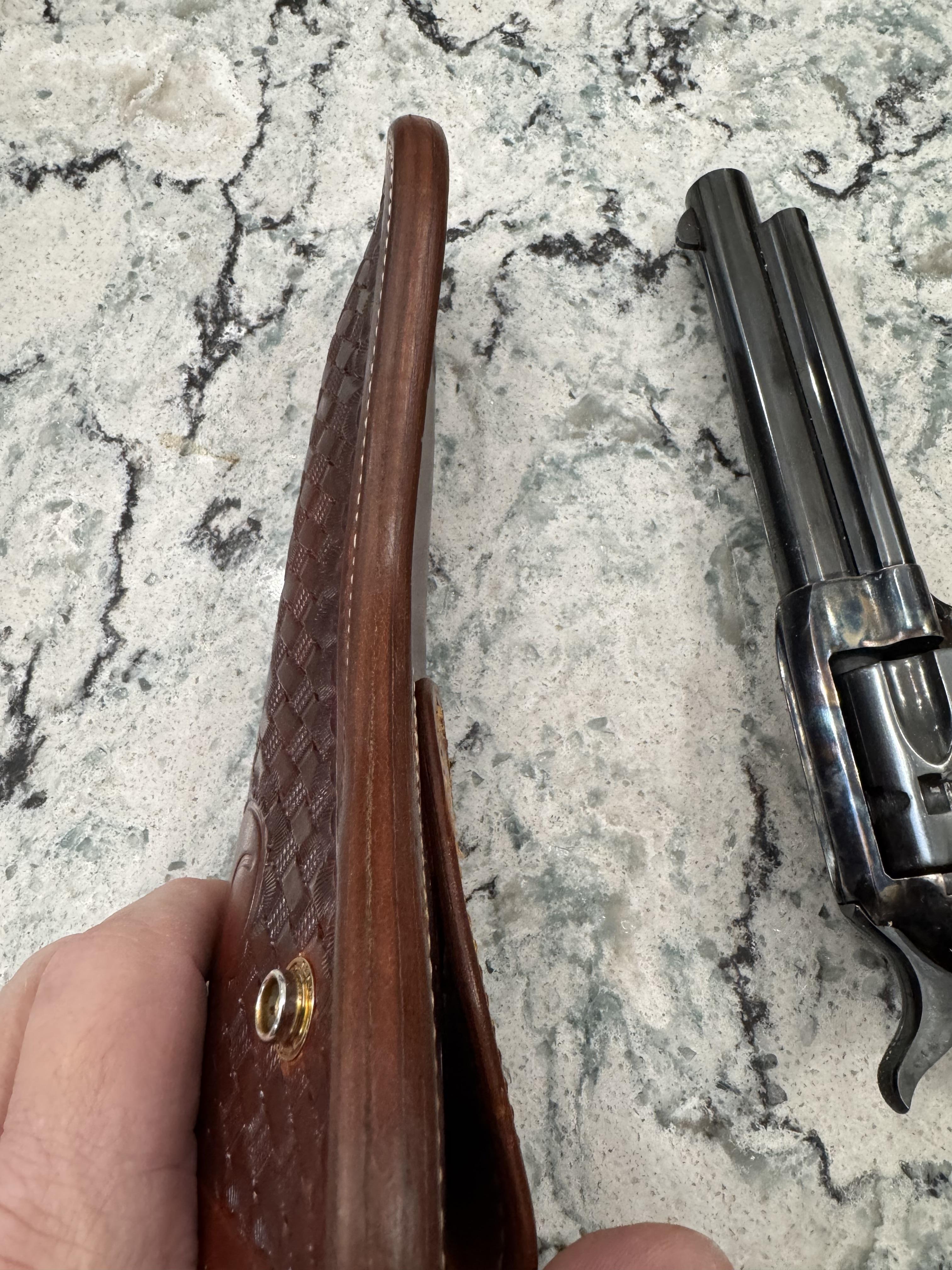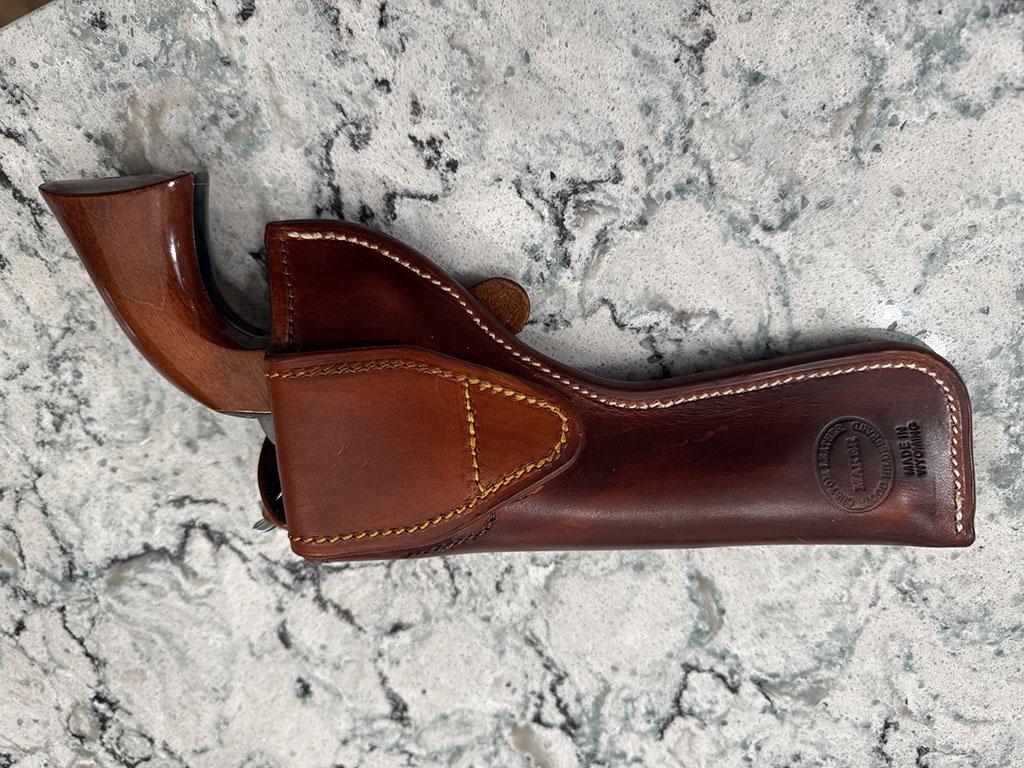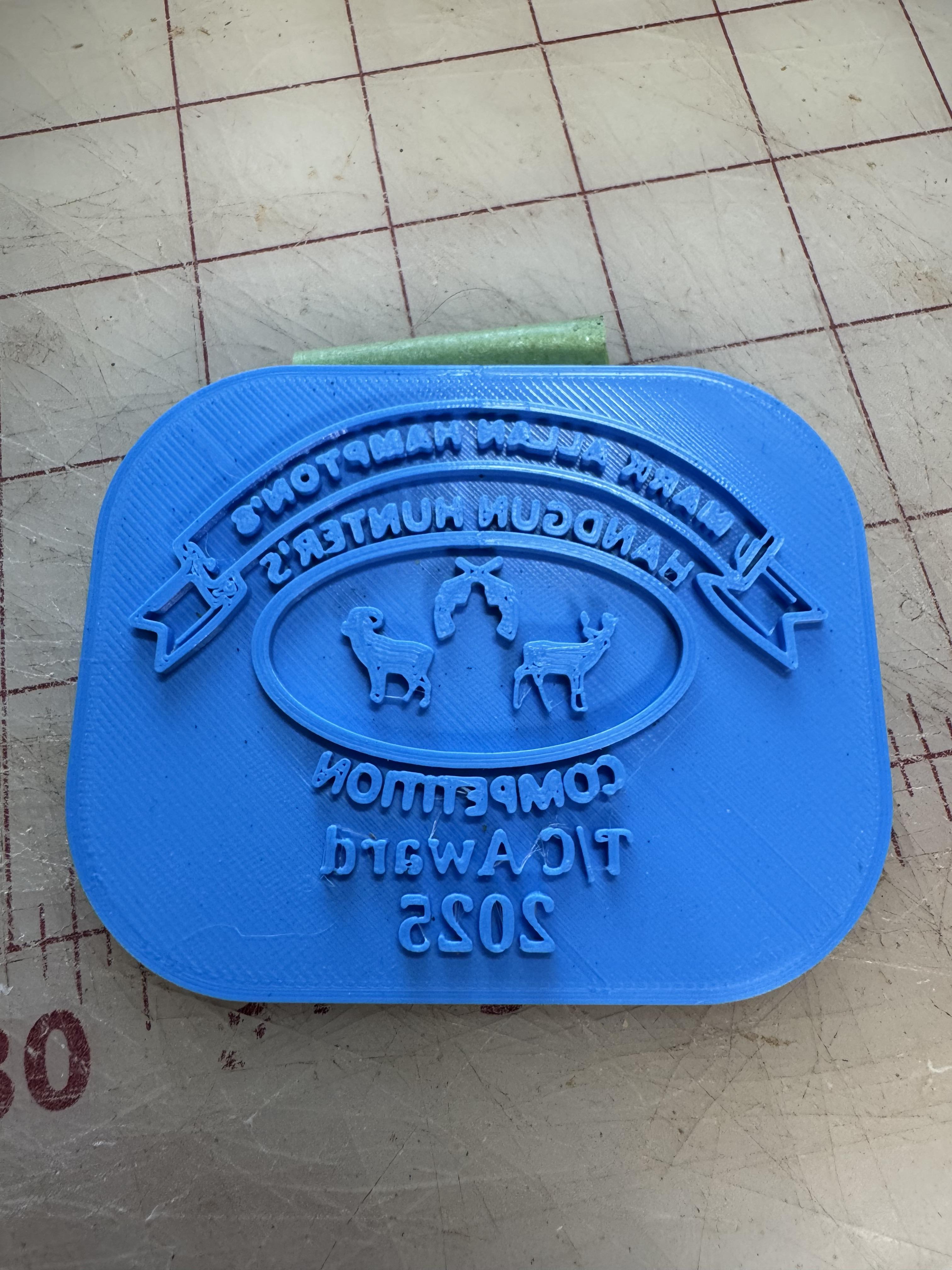-
Posts
407 -
Joined
-
Last visited
Profile Information
-
Location
NE WY
-
Interests
Holsters, belts, stamping
LW Info
-
Leatherwork Specialty
Holsters and belts
-
Interested in learning about
Holsters
-
How did you find leatherworker.net?
google search
Recent Profile Visitors
8,095 profile views
Hildebrand's Achievements

Member (2/4)
-
I usually sand by hand unless it is a multi layer knife sheath, holster or scabbard. If the edge is pretty square I use 200 then 600, if it needs a little squaring then I start with 150, and that usually gets me a nice smooth slick edge. I use water and saddle soap for the slicking part. Todd
-
I generally put a coat of NFO on and let it set 24 hours before dying. I finish with Resolene diluted 1:1 with water and have never had a problem. I use a wool pad for the NFO just putting enough of a coat on to see the color change, I am not soaking it with the NFO I think you can over do it and make your leather too soft. Todd
-
@kgg hit it on the head on all points, nice assessment Kgg. Todd
-
I use that same method, I keep some scrap around and make a piece the same thickness I am going to sew then sew a line of stitches on it. Does two things, makes sure everything is running right and it gives me a way to measure 3 stitches. I use my wing dividers set them in the holes and make a mark 3 stitches in on the project and start there and sew back to the start point then forward over the 3 stitches and on down the project. Todd
-
Looks like a good start, 2 things I would look at when you make your next one is grip clearance, looks like it might be difficult to grab the grip of the gun, second is make sure you don't cover the magazine release. Todd
-
I can’t help on the thread issue but, yes you have to back stitch to lock the stitches.
-
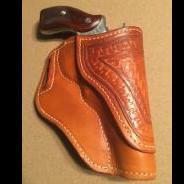
Leatherman sheath
Hildebrand replied to Stetson912's topic in Gun Holsters, Rifle Slings and Knife Sheathes
Saw the beautiful work by @Stetson912and decided to give the pattern a try, I am not a floral carver so I went with a basket stamp. I really like the pattern it is a great fit for the weatherman tools. Todd -
One issue I have had with the Aquillim 315 is it is difficult to get good smooth edges. It's like it leaves a rubber cement type of substance on the edge when you are trying to sand it. I have not been able to get rid of it. Which is too bad because and odorless contact cement would be awesome especially in the winter since I have to go out to the shop to use the regular stuff due to the fumes. Todd
-
Customer just picked up this holster. His son had me make him one a few years ago for a .41 magnum and he wanted one similar to it for his 22 lr. I have a love hate with white thread, if you don't die and finish before stitching it takes on the color of the die. In this case with it being lined I needed to sew the top edge before assembly so I did without it being died and paid the price when the top stitches disappeared in the die. White edge stitches still popped pretty good. He is tickled with it, I was able to use my 3-D printer to print his initials rather than hand cut them. The 3-D stamp is much cleaner and easier.
-
@cowagonwheel I would ad a caution that leather harness that old with unknown care should most likely be retired for display only. Really bad things can happen really fast if harness gives way while pulling a load. You didn't say if you were cleaning for use or display so I thought I would throw this out there. Todd
-
I got the logo as a .png file then used the adobe free program to convert it into a .svg file. I imported it into tinkercad and added a little text, I increased the height of everything then I made a base for it not as thick as the logo and text. Then I put the base on the logo, evened the top of the base with the top of the logo, this leaves what you want to make the impression with sticking out of the base, I combine all pieces then rotate it 180 degrees so it is lying on the base with the impression parts sticking up. This lets you print it without supports. Then export as an .stl file and you are ready to print.


